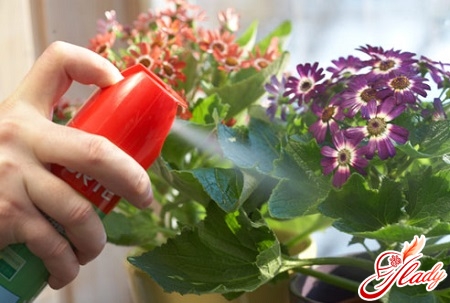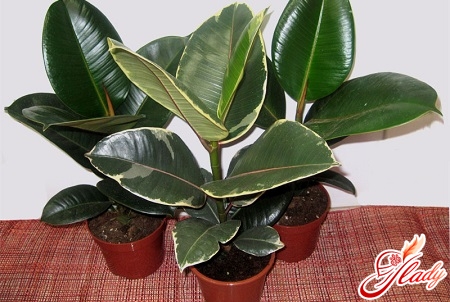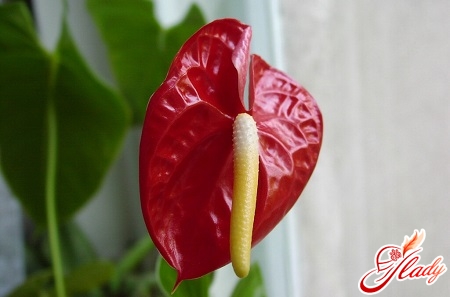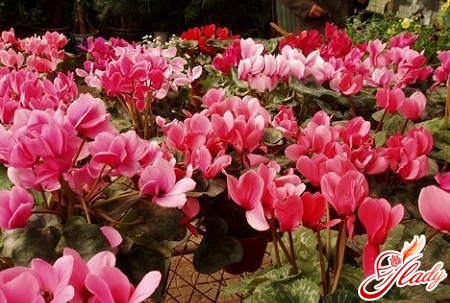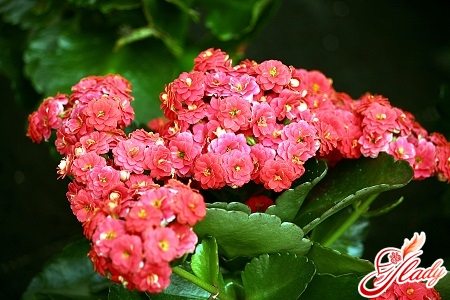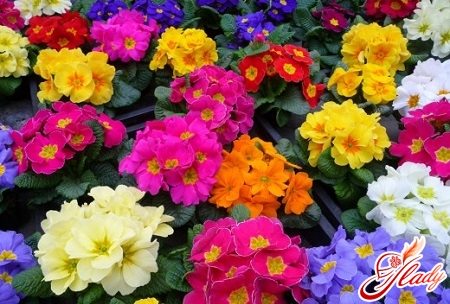 People who breed indoor plantsplants, know that gardenia flowers have no analogues. In beauty, they are inferior only to camellia or orchids. And with their delicate aroma, they outshine even the queen rose. Gardenia has been popular at all times. In the second half of the 19th century, it was called the flower of aristocrats. Men wore gardenia in the buttonhole of their jackets, and women pinned it in their hair. Quite often, this plant was mentioned in works of art. Today, indoor gardenia is experiencing a peak of popularity: every gardener dreams of having it in his collection. It must be said that gardenia is very capricious and demanding, however, like any beauty. You can’t just buy it, put it on the windowsill and water it occasionally. Why? Because, acting in this way, you will ruin the flower before it pleases you with exquisite buds. So how to please the capricious gardenia? This is exactly what we will talk about in this article.
People who breed indoor plantsplants, know that gardenia flowers have no analogues. In beauty, they are inferior only to camellia or orchids. And with their delicate aroma, they outshine even the queen rose. Gardenia has been popular at all times. In the second half of the 19th century, it was called the flower of aristocrats. Men wore gardenia in the buttonhole of their jackets, and women pinned it in their hair. Quite often, this plant was mentioned in works of art. Today, indoor gardenia is experiencing a peak of popularity: every gardener dreams of having it in his collection. It must be said that gardenia is very capricious and demanding, however, like any beauty. You can’t just buy it, put it on the windowsill and water it occasionally. Why? Because, acting in this way, you will ruin the flower before it pleases you with exquisite buds. So how to please the capricious gardenia? This is exactly what we will talk about in this article.
General information
Some species of gardenia in nature reach 2meters in height. Its homeland is considered to be Japan, China and Taiwan. In the second half of the 18th century, the American doctor A. Garden cultivated this shrub of the madder family, allowing everyone to enjoy its presence in the house. The plant was named in his honor. Most types of gardenia have large dense leaves. This indoor plant blooms from August to October, spreading a wonderful aroma around itself. The color of the buds can be different: white, cream, pink, orange. The main thing that plant owners need to remember is that gardenia does not like temperature changes. Therefore, the air temperature in the room where the flower lives should not fall below 16 degrees and rise above 25. Gardenia loves bright lighting and regular watering. Make sure that direct sunlight does not fall on the flower. The most optimal place for the plant is considered to be the eastern window, but if the choice fell on the south side, it is necessary to cover it at midday. If there is insufficient lighting in the apartment, take care of additional artificial light. Otherwise, the leaves of the plant dry out, acquire a grayish-pale shade, and it will start to get sick. In the summer, when the air temperature at night does not fall below 16 degrees, the gardenia can be kept outdoors around the clock.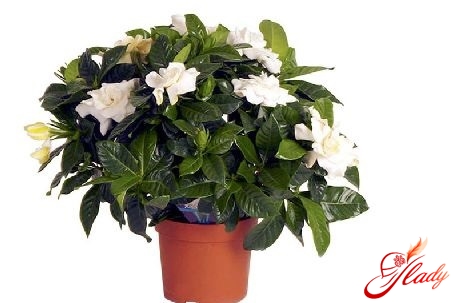
Features of watering and feeding
This indoor flower is best wateredsoft, settled water at room temperature. It is important that the water intended for irrigation does not contain lime impurities. Monitor the condition of the soil - it should always be moist. Drying out is extremely harmful for gardenia. In the warm season, watering should be abundant, in the cold - moderate, since excessive moisture can destroy the root system of the plant. To prevent hypothermia of the roots, foam plastic is placed under the pots with the plant. Air humidity must be maintained at the proper level, otherwise the plant will begin to shed leaves and buds. Frequent "water procedures" will help to avoid this problem. During the flowering period, you need to spray only the air around the plant, trying to ensure that water does not get on the flowers. From March to August, gardenia needs to be fed. Fertilizer is applied 2-3 times a month, a special solution containing potassium, magnesium and phosphorus is used. In the autumn-winter period, flower care depends on the conditions in which it is kept. If it is a warm and bright room equipped with additional lighting - care remains the same. If the gardenia is kept in a cool, dark room, it is advisable to gradually transfer the flower to a dormant state: watering and fertilizing are completely canceled. In this state, the plant can shed its leaves, do not worry - this is normal. With the onset of spring, it will quickly revive, and will again delight you with its beauty.
Features of transplantation
Gardenia is a houseplant withroot system of the fibrous type. This means that its roots are very thin and numerous. For their normal development, loose soil with a high level of organic content is necessary. The acidity of the soil should not be high, pH - no more than 5.0. The basis of the soil is high-moor and non-neutralized peat. This composition has a slightly acidic environment, which the plant needs. You can mix sand, peat, turf and leaf soil in equal proportions. There must be good drainage at the bottom of the pot to prevent root rot. Drainage can be omitted if the following components are used for the planting mixture: 2 parts peat and one part vermiculite with the addition of coconut fiber. Such a substrate will not retain water in the pot, so the plant is not threatened by excess moisture. By the way, one of the most common reasons for the death of the flower is insufficient drainage or its complete absence. Young gardenia needs to be replanted every spring. An adult less often - once every 2-3 years. To form a lush crown on the plant, once a year (in February) the previous year's growth is cut off (by about one third) - this increases branching.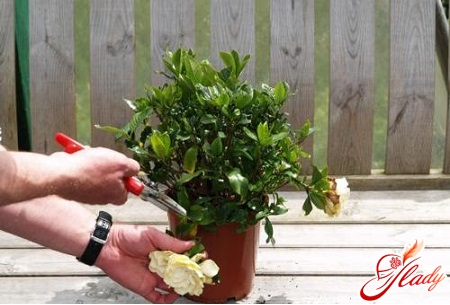
Features of reproduction
Gardenia is propagated by cuttings.To do this, select semi-woody stems that are at least 10 centimeters long. They are cut from the top of young shoots. Reproduction is carried out only from a faded and healthy plant, the leaves of which do not dry out and do not turn yellow. For rooting, the cuttings are placed in water or in a peat mixture (peat and perlite in equal quantities) and left in a warm place where the temperature is not lower than 24 degrees. The plant can be covered with film or glass from above. To speed up the rooting process, the cuttings are additionally sprayed and slightly heated from below. Young seedlings are transplanted into the ground only if they have a well-developed root system. When the plant reaches 15 centimeters in height, its top is pinched to stimulate the growth of lateral shoots. When these shoots grow by 10-12 centimeters, the procedure is repeated, thus forming a small but lush bush. Young gardenias need to be cared for in the same way as adult ones: protect from direct sunlight, water regularly and keep at the right temperature. Provided you have done everything correctly, in about 7 months the young gardenia will begin to bloom.
The most common problems that garden owners face
- Why do the leaves dry, darken and fall off?
Most likely, the watering regime is not observed, perhaps it is insufficient. Sometimes even one drying of the soil is enough for the leaves to turn yellow.
- Why did the leaves become too light and green with veins?
If you have noticed such a problem with yourgardenia, this indicates the occurrence of chlorosis. It appears due to excess water and lack of iron in the soil. In this case, it is necessary to spray the plant with a special solution and feed it with mixtures containing chelated microelements.
- Why do the leaves dry and turn yellow and fall off?
This disease is called fugus. To solve the problem, you need to spray with copper.
- Why do all the leaves turn yellow and dry at once?
Perhaps the room temperature is below the permissible level, or cold and hard water was used for watering.
- Why did gardenia drop buds?
During the flowering period, gardenia needs increased air humidity more than ever. To please it, place the pot on a tray with wet expanded clay (can be replaced with peat).
- Why does a plant in the street turn yellow and turn leaves?
The reason is parasites.Too dry air can provoke the appearance of aphids, thrips, spider mites. As a preventive measure, the plant should be sprayed with water more often. If you have already found pests on the leaves, treat them with the appropriate preparation. Of course, it is quite difficult to maintain a gardenia, whose flowers leave no one indifferent. However, it is worth all your efforts. With enough patience and desire, you will definitely be able to please this beauty! We recommend reading:




